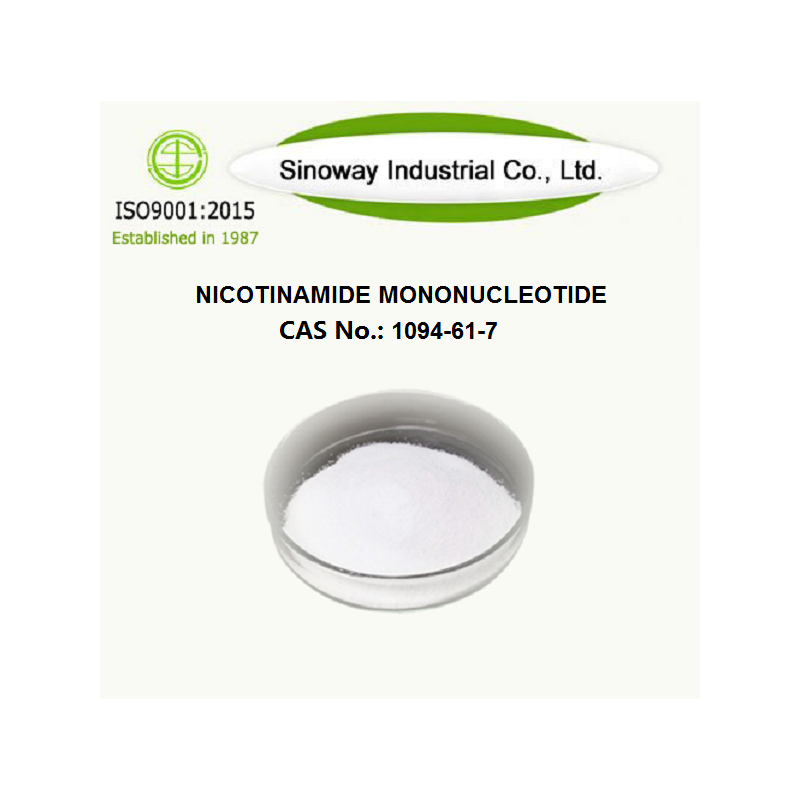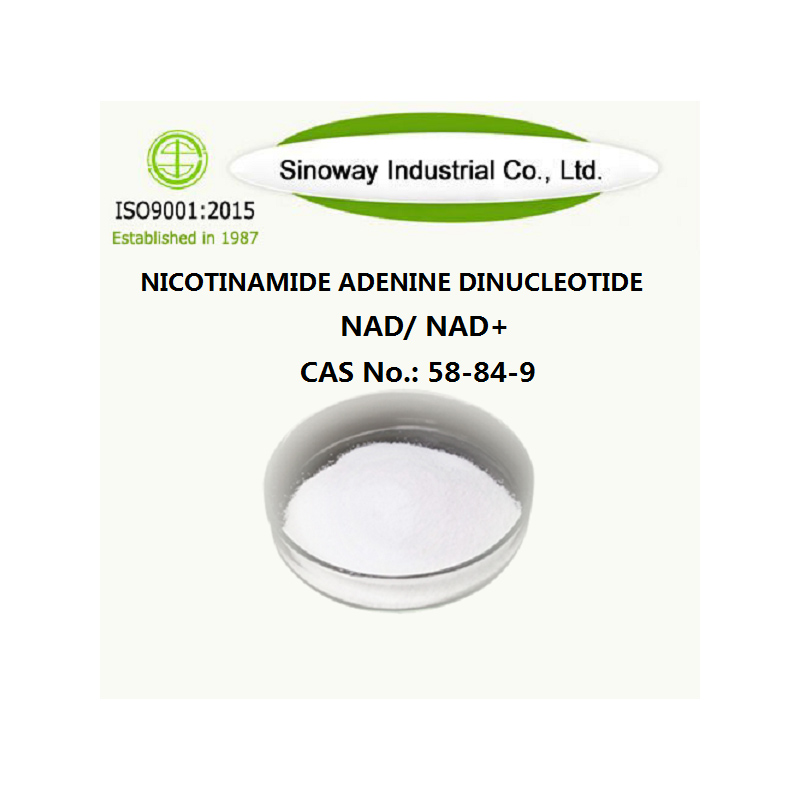|
Product Information |
|
Product name |
Melatonin / Melatonine MT |
|
CAS No. |
73-31-4 |
|
Molecular Formula |
C13H16N2O2 |
|
Molecular Weight |
232.28 |
|
Quality Standard |
99% up by HPLC, Food Grade |
|
Appearance |
White powder |
|
COA of Melatonin |
|
TEST |
SPECIFICATION |
RESULTS |
|
Appearance |
White powder |
Complies |
|
Identification |
||
|
Infrared Absorption |
Positive |
Positive |
|
Ultraviolet Absorption |
Positive |
Positive |
|
HPLC Identification test |
Positive |
Positive |
|
Loss on drying |
≤1.0% |
0.2% |
|
Residue on ignition |
≤0.1% |
0.03% |
|
Melting point |
116.0-120.0。C |
119.0-119.9。C |
|
Chloride and sulfate |
≤0.02% |
Pass |
|
Heavy metals |
||
|
As |
≤1ppm |
Pass |
|
Cd |
≤1ppm |
Pass |
|
Hg |
≤0.1ppm |
Pass |
|
Pb |
≤1ppm |
Pass |
|
Related compounds |
||
|
Individual Impurities |
≤0.1% |
0.04% |
|
Total impurities |
≤1.0% |
0.07% |
|
Assay |
98.5-101.5% |
99.6% |
|
Conclusion |
Conforms with USP40standards |
|
|
Usage |
Melatonin (Melatonine, short for MT) is one of the hormones secreted by the pineal gland. Melatonin belongs to the indole heterocyclic compound, and its chemical name is N-acetyl-5 methoxytryptamine, also known as pineal gland, melatonin, and melatonin. After the synthesis of melatonin, it is stored in the pineal gland, and the sympathetic nerve excites the pineal gland cells to release melatonin. The secretion of melatonin has an obvious circadian rhythm, the secretion is inhibited during the day, and the secretion is active at night. Melatonin can inhibit the hypothalamus-pituitary-gonad axis, reduce the contents of gonadotropin-releasing hormone, gonadotropin, luteinizing hormone and follicular estrogen, and can directly act on the gonads, reducing androgens, estrogen and The content of progesterone. In addition, MT has strong neuroendocrine and immunomodulatory activity and free radical scavenging antioxidant capacity, which may become a new method and approach for antiviral therapy. MT is finally metabolized in the liver, and damage to liver cells can affect the level of MT in the body
Function of Melatonin
1. Prevent disease
2. Adjust the circadian rhythm
3. Delay aging
4. Regulating effect on the central nervous system
5. Regulating the immune system
6. Regulating effect on cardiovascular system



 Gold supplier
Gold supplier









 Facebook
Facebook  Twitter
Twitter  Linkedin
Linkedin  YouTube
YouTube  Blogger
Blogger  Instagram
Instagram 
















